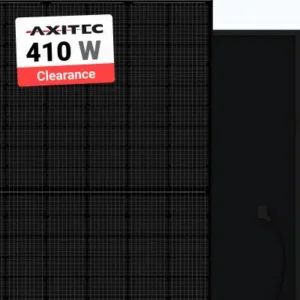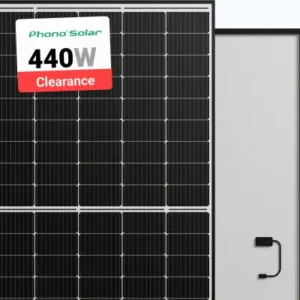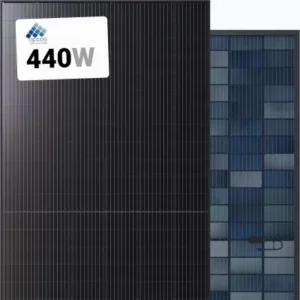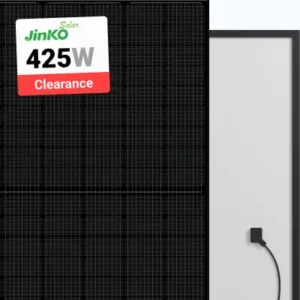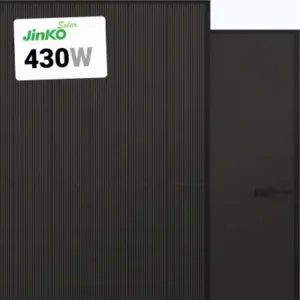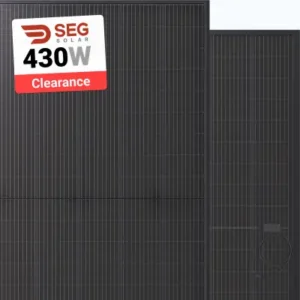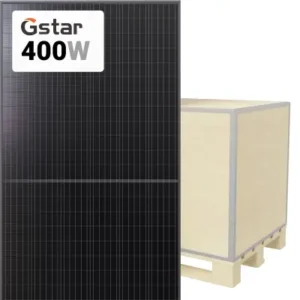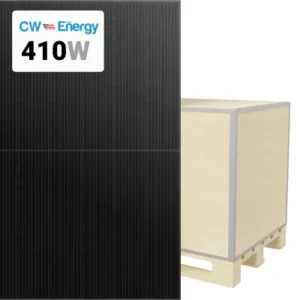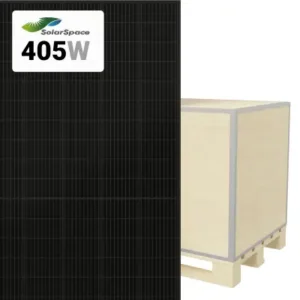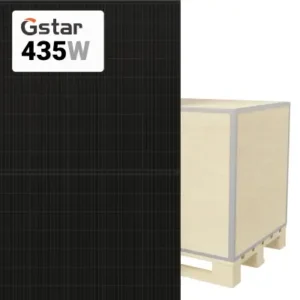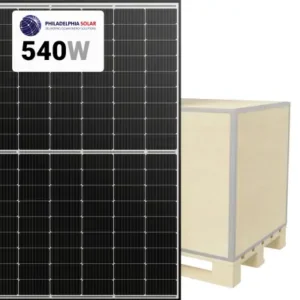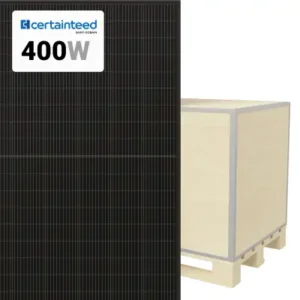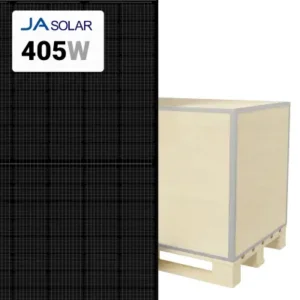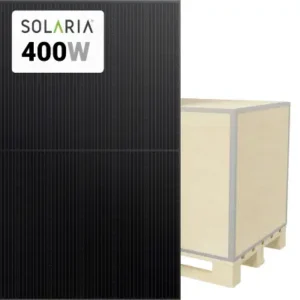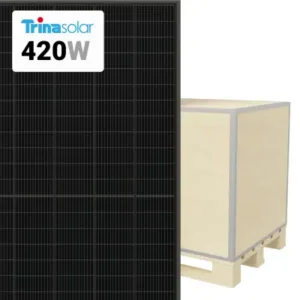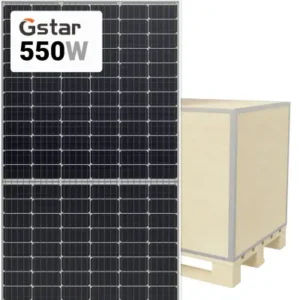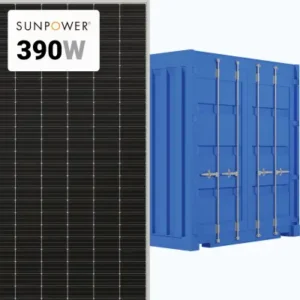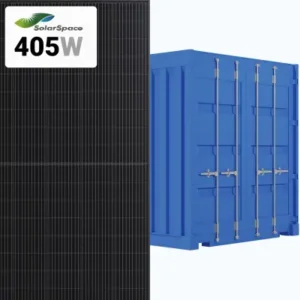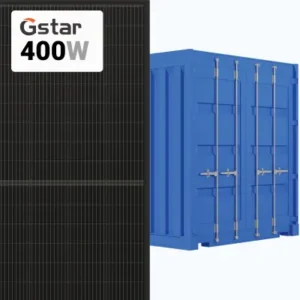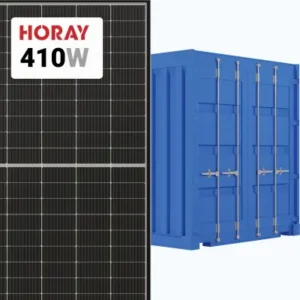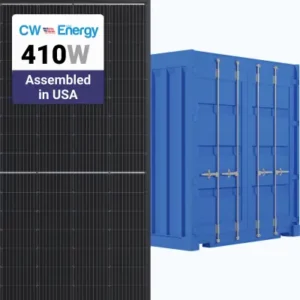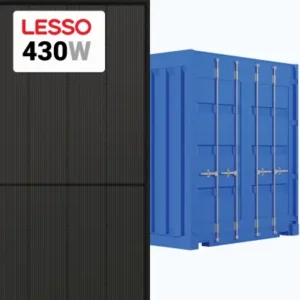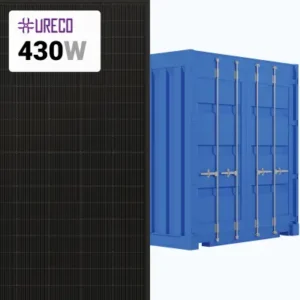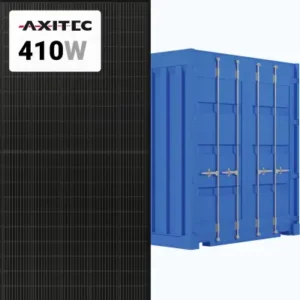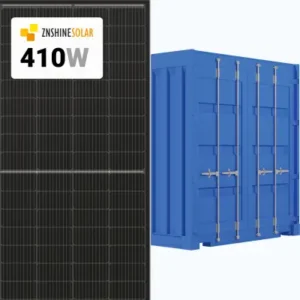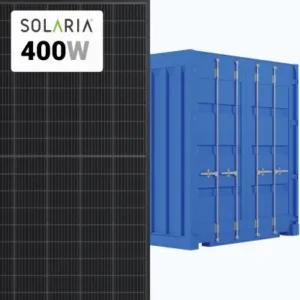Panasonic Solar Panels
The mission of Panasonic is to make society better via technology. The company’s values led it to sustainable energy, and now Panasonic solar panels are among the best in the whole industry. The company became a pioneer in heterojunction technology (HJT) and other innovative developments, never slowing down the pace of progress. However, recently there has been talk of Panasonic exiting this market. In addition to a detailed review of Panasonic solar panels this article discusses why you shouldn’t be worried about future supplies.
About Panasonic company
The company has been true to its core value – the betterment of society – for about a century, and there are various awards and distinctions to prove it. The company is included in all major ESG funds, and in some, like in the FTSE4Good, it has been present for 21 consecutive years. Panasonic manufactures a wide range of sustainable energy equipment, including EV batteries and hydrogen fuel cells. This includes highly efficient HIT and the newer EverVolt series of solar panels.
Both module lines employ HJT – a technology that combines the best of crystalline and amorphous thin-film silicon. The resultant solar cells are capable of beating the widely adopted PERC technology. Even though based on the same principle, the older HIT series employed smaller-sized solar cells, which was one of the reasons behind its discontinuation, since larger wafer sizes proved to be a better choice for PV modules.
However, the information about Panasonic exiting the solar market is simply not true. The company’s director of solar and energy solutions calls the decision to outsource the manufacturing a simple change of strategy. Everything about Panasonic solar panels will stay the same: the 25 year warranties, impeccable quality, the service model. The company wants to focus on engineering and marketing, leaving the manufacturing process to a third party. With so many well-known brands using the same model, the transition is unlikely to cause any problems with manufacturing or supplies of Panasonic solar panels.
Panasonic solar panels for sale
Quality And Performance
On an especially hot day solar panels may produce less, even despite the sun being stronger. This is because the performance of PV modules starts to get negatively affected when the temperatures go above 77°F. However, in this respect Panasonic solar panels fare better than most. An industry-leading temperature coefficient of just 0.26% means that efficiency will decrease a mere 0.26% for every 1.8°F above 77°F. As if it was little, the heterojunction technology that allows Panasonic to use monocrystalline and thin-film amorphous silicon in a single cell greatly reduces power loss. Taken together, these factors greatly increase the overall productivity of your solar array.
The efficiencies of Panasonic solar panels go beyond 21%, which is also one of the best results in the industry. Given all these superior characteristics, the price doesn’t seem high. At less than $1.2 per watt, Panasonic offers a lot of value for a small price difference over some of the most affordable panels.
Warranty and Service
Panasonic offers a 25 year TripleGuard warranty which covers the panels, their performance, parts and labor. Compared to other solar manufacturers that haven’t been around even half the duration of the warranties they provide, more than a century old Panasonic feels a safer bet. Be it the first or the last year, Panasonic will fix your problem, should any occur.
The company’s performance warranty also deserves some attention. The annual efficiency loss is capped at just 0.25%. The first year decrease is also noticeably lower compared to conventional panels – a mere 2%. Hence, the company guarantees there will be at least 92% of nameplate capacity left after your array has worked for 25 consecutive years!
What to look for when choosing a Panasonic solar panel
Before you are ready to choose a particular model, it is a good idea to review the available installation space and its fitness. There’s no need to calculate your energy needs unless you’re building an off-grid or hybrid system. Given the availability of net metering, even a modestly-sized system may significantly cut your utility bills. If needed, you can always add panels to an already existing array in the future.
To navigate among all the Panasonic models more comfortably, here are some of the key points to be kept in mind:
- Price per watt is a good way to compare panels with different power ratings. It may be different from model to model depending on the power rating and technologies used
- Wind and snow resistance. Despite being thinner than average, Panasonic modules can boast impressive maximum snow and wind loads – 7,000 and 4,000 Pa accordingly
- How well the panels overcome partial shading. Be it a cloud or a tree that regularly steals some of the sun, this is a serious problem that can considerably decrease your solar harvest. If you are dealing with it, look for models that are optimized to operate in these conditions
- Power ratings. As a rule, panels with higher wattage also have higher efficiencies. In the case of Panasonis this proves correct. However, make sure that the larger modules fit well onto your roof
FAQ
Q: After Panasonic shuts down its factories, will the panels be sold under the same brand?
A: From a customer’s perspective nothing will change. AMD, Nvidia, Apple and many other companies let others do the manufacturing without compromising quality. Panasonic simply decided to move in this direction. The brand isn’t leaving the market, quite the opposite.
Q: Do Panasonic solar panels get tested for performance in extreme weather conditions?
A: Most, if not all panels on the market pass through a wind and a hailstone test to ensure they are robust enough to withstand years of service. Here are some of the tests employed by Panasonic to ensure the toughness of their PV modules:
- UL 61730, IEC 62804 (PID), IEC 61701 (Salt Mist),
- IEC 62716 (Ammonia Resistance),
- ISO 11925-2 (Ignitability Class E),
- UNI 8457/9174 (Ignitability Class 1),
- IEC 62782 (Dynamic Mechanical Load),
- IEC 61215-2:2016 (Hailstone 35mm),
- AS4040.2 NCC 2016 (Cyclic Wind Load)
Q: Do Panasonic solar panels have a short payback period?
A: Although important, solar panels don’t play a major role in determining the payback period of your PV system. Aside from other costs, such as additional equipment and installation, the payback period will be determined by the amount of solar hours in your area, electricity prices, net metering conditions and applicability of incentives and rebates.
Help with home appliance consumption by watt
How Many Watts Does a Refrigerator Use?
Refrigerators are one of the most power-hungry appliances in the home. This article explores the typical wattage of various refrigerator models, factors that affect their energy consumption, and practical tips for optimizing efficiency to help reduce your electricity bill and environmental impact. Article: How Many kwh Does a Refrigerator Use?
How Many Watts Does a TV Use?
Televisions vary in power consumption based on size, type, and usage patterns. This article details the average wattage of different TV models, factors influencing their energy use, and tips for reducing power consumption to help you manage your household’s electricity usage more effectively. Article: How Many kwh Does a TV Use?
How Many Watts Does a Furnace Use?
Furnaces are critical for home heating, but they can consume significant amounts of power. This article examines the average wattage of different types of furnaces, factors that impact their energy consumption, and strategies to improve their efficiency, helping you keep heating costs under control. Article: How Many Watts Does a Furnace Use?
How Many Watts Does a Heat Pump Use?Heat pumps are an efficient alternative for heating and cooling, but their power usage can vary. This article provides insights into the typical wattage of heat pumps, factors that affect their energy consumption, and tips for optimizing their efficiency to ensure cost-effective and sustainable home comfort. Article: How Many Watts Does a Heat Pump Use?

